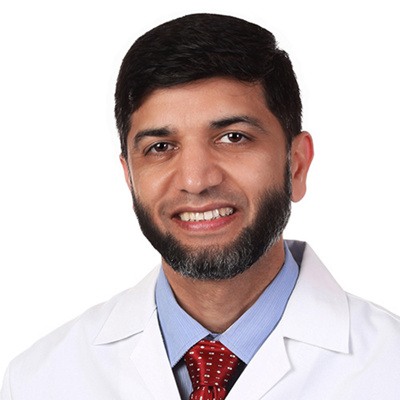The upper gastrointestinal (GI) organs include the oesophagus (food pipe), stomach, duodenum, small bowel, pancreas, liver and biliary tree. The surgeries are performed to treat a range of diseases and disorders.
A) Oeophageal reflux surgeries:
Oesophageal reflux or gastroesophageal reflux (GERD) is a condition where the acidic content from the stomach refluxes (pushes up) back into the oesophagus (food pipe) which might also reach the breathing passage, risking inflammation or potential damage to the oesophagus, lungs or layrnx (voice box). In case of chronic oesophageal reflux, if it is left untreated, the condition may lead to complications such as ulcers, bleeding or even cancer. In such a situation the da Vinci robotic laparoscopic antireflux surgery is a minimally invasive procedure that corrects it by creating a valve at the bottom of oesophagus.
B) Oesophagectomy:
Oesophagectomy is the surgical procedure in which the is either completely or partly removed. This surgery is performed in both malignant and nonmalignant oesophageal tumours where the oesophageal function is compromised and the patient is no longer able to swallow. The minimally invasive surgery performed via the da Vinci robotic system allows the surgeon to use small incisions without opening the chest or dividing the muscles.
C) Hiatal hernia surgery
Hiatal hernia is a condition where the upper part of the stomach protrudes or bulges in to the chest cavity through the opening in the diaphragm (muscle between chest and abdomen). In this situation the patient usually complaints of heartburn or GERD. The da Vinci robotic surgical system allows surgeons to perform precision led hernia surgery that reduces the risk of infection and blood loss.
D) Gastrectomy
Gastrectomy is a surgical procedure where the complete or a portion of the stomach is removed. It is usually performed in the case of cancer, polyps, ulcer or damage to the stomach wall. Depending on the condition surgeon decides the extent of the removal of stomach. Through the support of the da Vinci robotic system, this procedure is simplified as it allows careful movement and also high definition vision that reduces the risks associated with this surgery.
E) Bariatric surgery
Bariatric surgery is the one of the weight loss options which is performed using the da Vinici robotic system. Both sleeve gastrectomy and gastric bypass surgeries are performed through the robotic system with small incisions. The bariatric surgery through the da Vinci robotic system reduces the risk of follow up surgery and any other such risk associated with traditional laparoscopic surgery.
F) Pancreatic cancer operation/resection
Pancreatic surgeries are complex surgeries given the location of the organ itself. Traditionally pancreatic surgeries are predominantly done with an open technique with a large incision giving wide vision for surgeons to remove the tumour or part of the organ. But with the robotic platform there is higher possibility to perform the operation with a minimal invasive technique. Some of the surgeries performed via Da vinici robotic surgical system are:
- Wipple’s operation
- Distal pancreas resection
G) Liver resection surgery
This involves removal of a portion of the liver, usually secondary to liver cancer. Because of the location and other hepto veins around the organ, large incision surgeries are traditionally performed. However only an expert surgeon can perform such surgery laparoscopically in certain cases due to the technical limitation. With the added advantage of Da Vinci robotic surgical system, the liver surgeon can perform certain liver surgeries with minimum incisions and better precision.
H) Cholecystectomy
This is a procedure which requires the removal of gallbladder in case of severe disease and symptoms associated with it. Instead of open surgery,the gallbladder can be removed with small incisions or a single incision with the Da vinci robot, leading to virtually scar-less single site surgery. On the basis of the patient’s medial history, our surgeon will be able to determine the best approach



